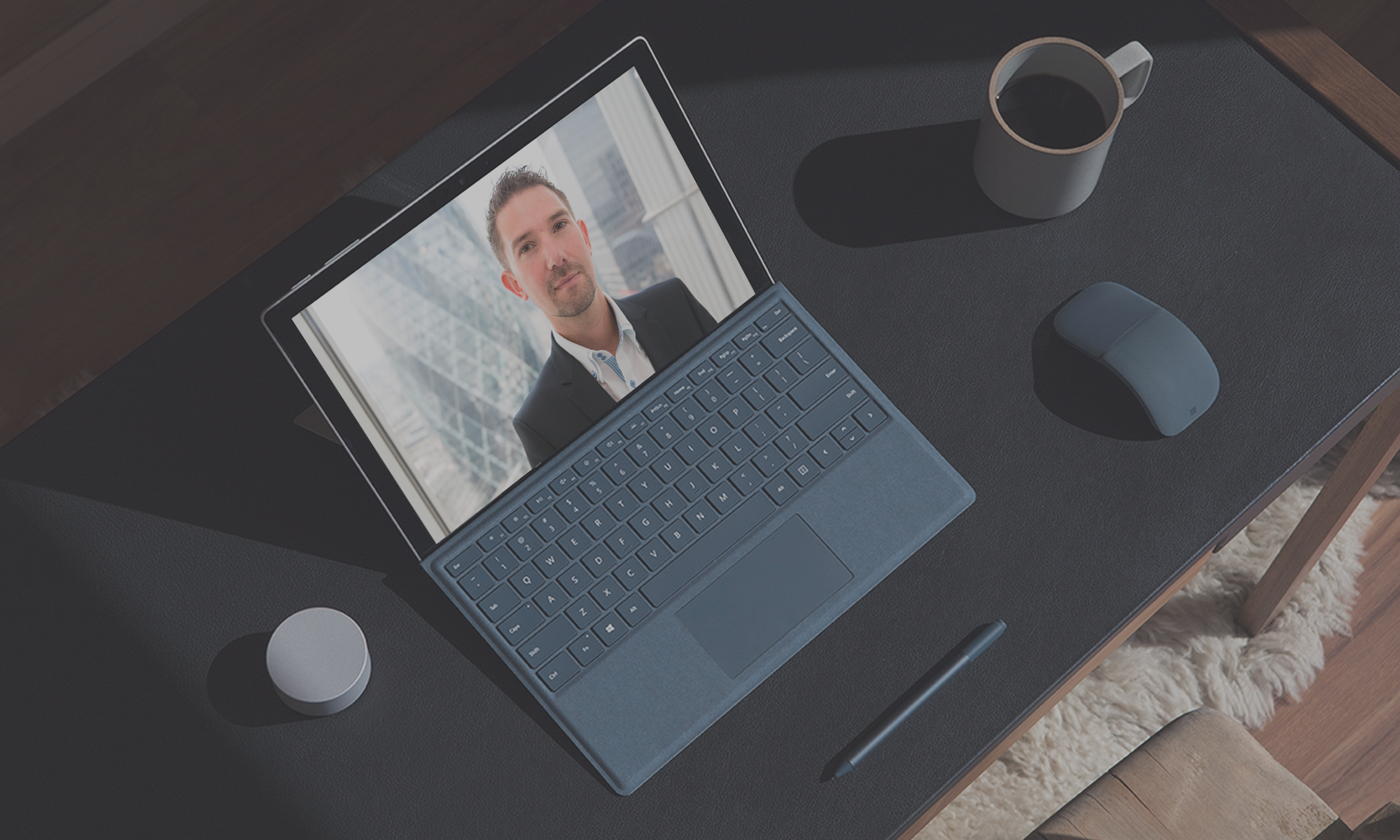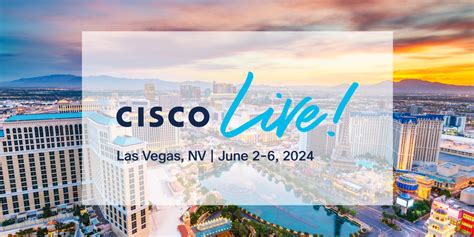As we enter Microsoft’s new fiscal 2025, there a bunch of enhancements coming across the board to the Copilot experience inside the Office Copilot experience which im[acts PowerPoint, Word, Excel and Microsoft Loop. Microsoft regularly update the Office Apps, Team, and rest of their products, including Copilot, but the changes rolling out feel more like a “service pack”!
Here’s the key things coming to the app experiences this month and remember, you can always access the Microsoft 365 Copilot Roadmap –> here <–
AI Powered images coming to PowerPoint and Word.
Microsoft are making it much easier to add visuals to both Word and PowerPoint documents with Microsoft Designer in Copilot. This will make it much easier for content creators to get the right image for a document or presentation and will add to the image options within these apps.
With this update, you will be able to create AI-generated image directly from Word and PowerPoint with a simple prompt in additional to using the existing options for stock images as before.
Up until now, this has required users jumping to a browser to create an image in Bing Image Creator or Microsoft Designers, whereas now, they will be able to do this straight from the Copilot prompt in Word and PowerPoint upon which they will be able to create an image from scratch or find and use an existing image from Microsoft’s stock photography library to select from. Microsoft say that PowerPoint, Designer will automatically add the image into a “compelling slide design”.


Additional “Document Support” in PowerPoint
Also coming this month, Copilot will support grounding for presentation creation from both encrypted Word documents and PDF files, providing more options for users to create presentation from. This gives users richer context to build new presentations, in addition to referencing.
Copilot in PowerPoint “General Improvements“
Rolling out in June/July and following lots of feedback from users, creating a new presentation from a Copilot is about to get much better with regards the quality or presentations created with more relevant content and images and improved consistency including:
- Refined designs for title, section, and content slides.
- Improved presentation structure with agenda, section and conclusion slides.
- Enhanced abilities to improve transitions and animations across presentation content.

Copilot is also getting the ability to ground itself on your organisations’ people-centric data and insights from the Microsoft Cloud, Microsoft Graph, and the web using Bing Search. This brings Copilot up to the same level of that of Teams, Copilot Chat and Outlook, meaning that users can stay in the app, ask questions, and maintain focus on creating their presentations without having to jump into dfferent apps or windows.

Copilot in Excel is coming out of Preview
In July, Copilot in Excel is also coming out of “preview”.
The first noticable indication will be that Microsoft drops the “in preview” lable that users currently see when using Copilot in Excel.
Secondly, Copilot in Excel is also getting expanded data structure support, meaning it wont be limited to working with just data in tables. Yes, Copilot in Excel will be able to works on data ranges resembling tables so long as the data being worked on contains a single row of headers on top (such as filtered data). Along with this, Copilot in Excel will also now be able to provide more comprehensive answers, just like Word and PowerPoint, Teams and Outlook,
Next up, the edit box will be available on any Excel worksheet, regardless of the selected cell and Copilot will reason over the nearest table, or data range resembling a table, to the user’s selected grid area on the same worksheet.
Finally, Copilot in Excel will provides more conversational and comprehensive answers to a wide array of Excel-related questions, meaning that users can now receive step-by-step instructions to help with complex formulas, fixing errors in formulas or how to do something in Excel.

Copilot in Loop
Copilot is coming to Loop too – one of my favourite “new” apps, with what Microsoft call “Copilot-assisted Loop page creation”
For those unfamiliar with Microsoft Loop, it is described as “flexible canvases that assist users in organising and sharing their work with teams.”
Loop users can now utilise Copilot to transform a blank page into a structured document primed for team collaboration in record time. Whether starting from scratch or using an existing page or template, Copilot can swiftly generate a Loop page tailored to specific requirements, be it a project plan, a feedback session, or any other collaborative effort.

Read More
Microsoft 365 Roadmap: Microsoft 365 Roadmap | Microsoft 365

















































